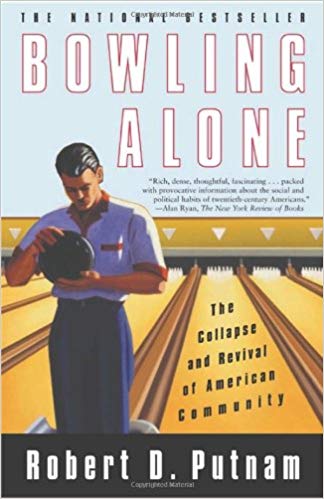- filed under: Play Research
Play Research Group: Children As Catalysts for Social Capital

During our final August PLAY Journal group meeting, we reviewed the article “Through the Kids . . . We Connected With Our Community”: Children as Catalysts of Social Capital (Wood et al., 2011) and discussed the social implications of demographic shifts in urban communities.
Social Capital
Social capital, defined by Putnam (2001) as the ”connections among individuals, social networks and the norms of reciprocity and trustworthiness that arise from them” (p. 19) is associated with positive child health, development and educational outcomes. Wood et al. (2011) presented evidence that children also functioned as active social agents in developing and maintaining social connectedness within communities. Beyond being just “beneficiaries” of their parents’ connectedness, children also shape the social context for adults in their lives. Using focus groups and community surveys, the authors examined children’s impact on social capital, neighborhood cohesion, reciprocity, trust and community engagement and participation. Adult self-reported social capital and neighborhood cohesion were significantly higher when dependent children were present in the home and presence of children increased neighborhood pedestrian movement and participation in local activities. Reciprocity was higher for respondents with dependent children: they exchanged favors twice as often as those without dependent children.
A review of this paper sparked discussion about the changing demographics of rapidly urbanizing areas. In many cities, as density increases and housing costs rise, families move out of the city center to less expensive housing in the suburbs or surrounding areas. The children that remain may have less child-friendly spaces and destinations but also fewer neighborhood children to play with. This demographic shift may affect the social contexts of cities: do neighborhoods that are mostly adult lack the beneficial influence of children on social cohesion and connectedness? The complexities of interactions between economic, social, cultural and built environments pose fascinating issues: we came away with a new appreciation for children’s role as active, social agents in communities.
Putnam, R. D. (2001). Bowling Alone: The collapse and revival of American community. New York, NY: Simon and Schuster.
Wood, L., Giles-Corti, B., Zubrick, S. R., & Bulsara, M. K. (2013). “Through the Kids . . . We Connected With Our Community”: Children as Catalysts of Social Capital. Environment and Behavior, 45(3), 344–368. https://doi.org/10.1177/0013916511429329
August 22 meeting. Text contributed by Emily & Michelle
RELATED POST: RISKY PLAY IN SCHOOLS

